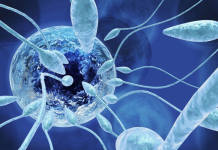The main physical exertion to which a person is exposed lies on the spine. Not surprisingly, back pain, especially in the lumbar region, is familiar to most of the world's population. The timely detected symptoms and drug treatment of lumbar radiculitis can not only eliminate pain and stop bone deformation, but also prevent a huge number of diseases of internal organs.
Because spinal health is the basis that determines the functionality of all vital systems of the human body.
Material Content:
Lumbar sciatica: causes
Radiculitis is a pathological condition in which nerve fibers of the spinal cord are affected. The disease is accompanied by pain in different parts of the back and a violation of motor capabilities.
The type of radiculitis is determined by the location of the affected tissues. The most common is lumbosacral radiculitis.
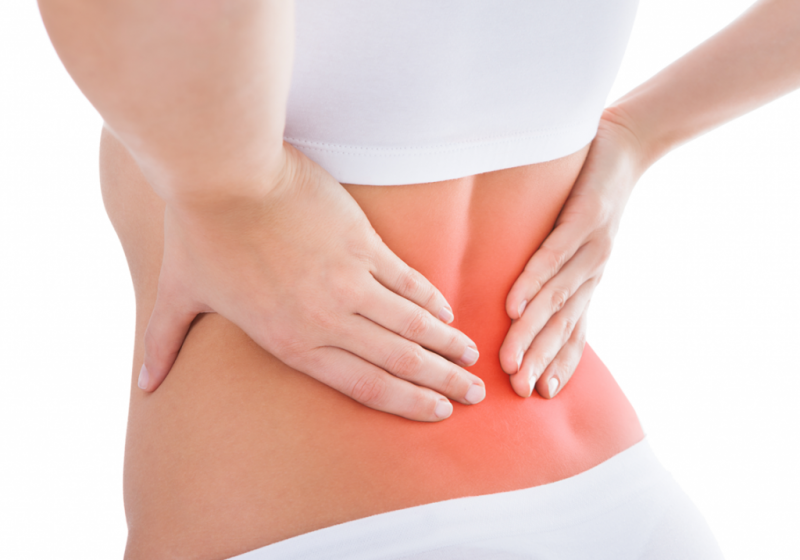
The acute form of lumbar radiculitis is characterized by a short duration of manifestations, so patients rarely consult a doctor during this period. The lack of adequate treatment leads to the formation of a chronic form of pathology, in which attacks of pain become more frequent and more intense.
Radiculitis is not considered an independent disease, but is regarded as a sign of the development of back diseases.The main reason for the appearance of radiculitis is osteochondrosis of the spine and its complications - intervertebral hernia, protrusion.
Features of the development of osteochondrosis
The development of osteochondrosis is preceded by:
- spinal injuries, including bruises;
- increased physical activity;
- tumor formation in the peripheral nervous system;
- metabolic disorders in the body;
- a change in blood composition due to hormonal disorders;
- complications caused by tuberculosis, ankylosing spondylitis, rheumatoid arthritis;
- autoimmune diseases;
- birth defects and genetic predisposition;
- stress and insomnia;
- inflammatory phenomena.
At the first stage of development of osteochondrosis, there is a violation of blood circulation in the affected area. As a result of a lack of food and water, the cartilaginous layer of the intervertebral discs, providing flexibility of the spine, gradually thinns and dries out.
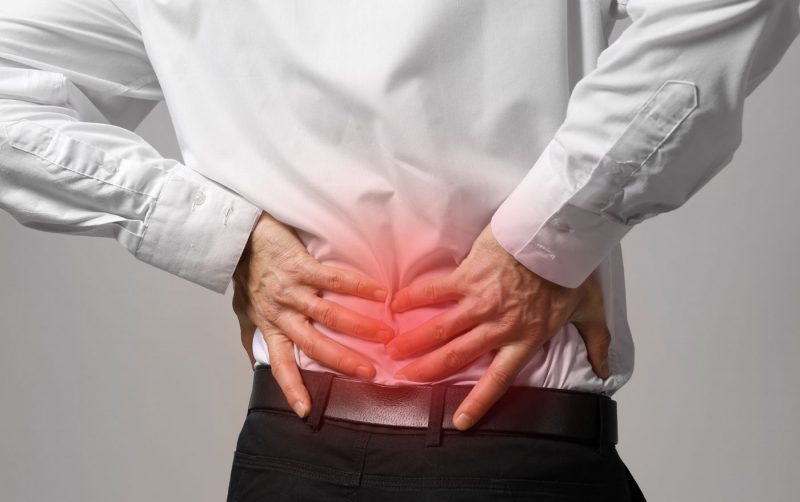
Against the background of loss of elasticity of the intervertebral discs, their deformation or displacement occurs, the integrity of the fibrous ring is violated, and the nucleus located inside the vertebrae protrudes outward. In this case, compression of the sciatic nerve (sciatica) occurs and inflammatory processes characteristic of lumbosacral radiculitis develop.
Among the facts of the risk of radiculitis - hypothermia, colds, a sedentary lifestyle, smoking, flat feet, overweight, poor posture, excess fatty foods in the diet against a protein deficiency.
Symptoms of the disease and diagnostic methods
The development of lumbar osteochondrosis occurs gradually. The appearance of signs of radiculitis is possible already at the stage of primary dystrophic changes in the tissues of the intervertebral discs.

Typical symptoms of radiculitis:
- the appearance of dull or acute pain in the lumbar region is evidence of damage to nerve fibers. Exacerbation of pain during physical activity and stress associated with coughing, sneezing, weight lifting;
- limitation of motor capabilities during inclines;
- the transition of pain in the limbs, thighs, calf muscles;
- backache in the lower back, buttocks;
- numbness of the skin in the limbs, a tingling sensation - the result of a violation of the transmission of nerve impulses with damage to nerves;
- general muscle weakness is a sign of intermittent nerve impulses. Long-term damage to nerve tissue leads to muscle atrophy.
Depending on the nature of the symptoms, there are such types of radiculitis as lumbago and sciatica. With lumbago pain occurs as a result of sudden movements or nervous tension. With sciatica, the pains are shooting in nature and are observed in the buttocks, hips and legs.
Diagnostic measures
A complete medical examination is necessary for making a diagnosis. At the first diagnostic stage, an anamnesis is collected - a study and analysis of the patient's complaints, clarification of the nature of the ailment and its localization. A physiological examination is carried out.
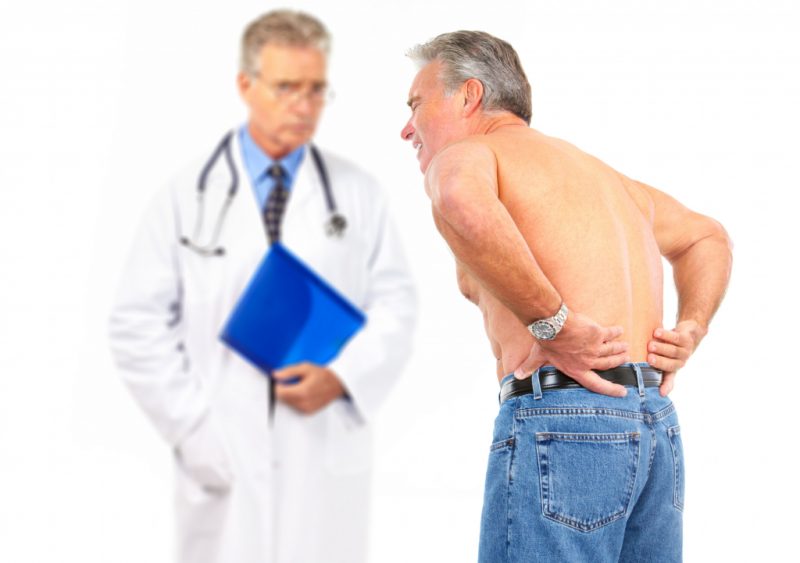
To obtain the full amount of diagnostic information, neurologists use urine and blood tests, X-ray studies, computed tomography and magnetic resonance imaging.
As additional diagnostic measures, ultrasound of internal organs, an X-ray of the lungs and an ECG can be used.
Features of treatment of lumbosacral radiculitis
To eliminate the symptoms of radiculitis, treatment of the underlying disease is necessary. For this, doctors use a drug and non-drug method of exposure. The choice of method depends on the form of pathology, and may differ in the treatment of acute and chronic radiculitis.
At the time of exacerbation, patients are advised to take an anesthetic and rub their lower back with a warming ointment. Any physical activity is excluded. Moreover, for several days the patient must observe bed rest.

A full course of treatment for lumbar radiculitis may include the following measures:
- drug therapy (injections, tablets, ointments) - analgesics, non-steroidal anti-inflammatory drugs, muscle relaxants, chondoprotectors, diuretics, antibiotics, immunomodulators, vitamins;
- physiotherapeutic procedures - exercise therapy, hardware exposure, massage, spinal traction;
- surgical intervention.
Any kind of therapeutic effect should be performed on the recommendation and under the supervision of qualified specialists.
Medication for lumbar radiculitis
Taking medications eliminates most of the pathological processes that occur with lumbar radiculitis - pain, inflammation, swelling, muscle weakness, cramps, metabolic disorders, damage to cartilage, and decreased immunity.
Pain management
Effective elimination of pain with radiculitis is achieved with the help of analgesics, pain medications - tablets, injections, ointments. Good analgesic properties differ: Paracetamol, Analgin, Ketoroloak and Nefopam.

Often, drugs with a double effect are used to relieve pain - they relieve pain and inflammation at the same time.
Inflammation treatment
Anti-inflammatory drugs are the first choice of neurologists in the treatment of radiculitis. NSAIDs - non-steroidal anti-inflammatory drugs provide suppression of inflammatory manifestations and have pronounced analgesic properties.

To eliminate inflammation, most often, doctors use:
- Aspirin. Take after meals. The daily dose is 200 mg;
- Diclofenac tablets. Norm - 50-100 mg per day;
- Ibuprofen - tablets. The maximum dose is 2.4 g per day;
- Indomethacin - tablets and capsules. The initial intake is 25 mg after a meal, followed by a dose increase in the absence of effect;
- Nimesulide - tablets. Take 100 mg twice a day.
Taking medications is a mandatory component of the complex therapy used in the treatment of lumbar radiculitis.
Improving trophic tissue
Cartilage deformation and subsequent inflammatory processes are accompanied by a deterioration in cell nutrition. To improve tissue trophism, it is necessary to take vascular preparations and antihypoxants - Eufillin, Nicotinic acid.
The listed drugs improve blood circulation in the affected areas and help restore the natural structure of tissues.
Local treatment: ointments, patches, rubbing
Local treatment of radiculitis with external agents provides an analgesic and anti-inflammatory effect. Ointments, creams and rubbing eliminate spasms and contribute to muscle relaxation, increase the intensity of blood flow and metabolic processes.
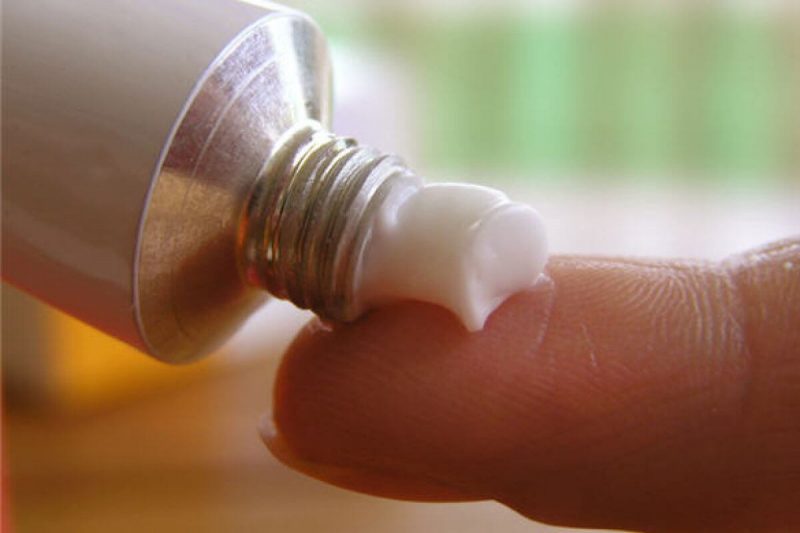
Ointments based on snake or bee venom have the property of enhancing the body's immune forces.
To start recovery processes in the affected tissues, formic or camphor alcohol, pepper tincture or a pepper impregnation patch are used.
Radiculitis injections
Injection allows you to quickly stop the pain and relieve inflammation.

The most effective are injections from radiculitis using:
- Ketonal is a non-steroidal drug that quickly reduces inflammatory processes;
- Diclofenac is an effective drug for relieving pain and inflammation. Not recommended for use for more than two consecutive days;
- Novocaine. Novocaine blockade is the most common way to quickly stop an acute attack of radiculitis.
- Milgamma is a combination of lidocaine and vitamins. Eliminates pain, suppresses pathological processes, provides nutrition to affected tissues.
The use of injections allows you to effectively and quickly eliminate the symptoms of radiculitis, but not the main cause of the disease. For a complete cure, complex therapy is required, providing for the simultaneous exposure to various types of drugs, including non-pharmacological ones.
Pregnancy treatment
During pregnancy, the body's center of gravity shifts, and the load on the lower back becomes significant. Along with this, a change in metabolic processes occurs in the pregnant woman’s body, which may result in a deficiency of vitamins and minerals.
Therefore, as a therapeutic measure, it is recommended that an additional amount of products containing the necessary substances be added to the diet.
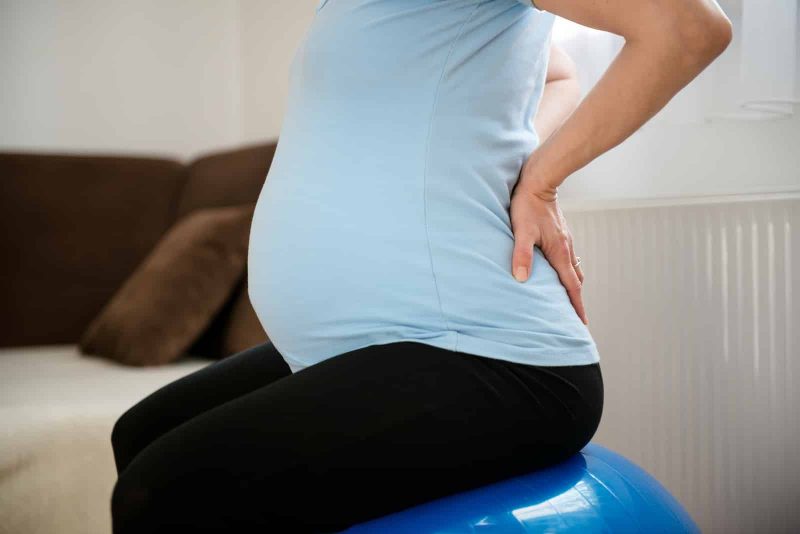
If a pregnant woman has an acute development of radiculitis, Indomethacin and Ibuprofen are allowed in the first and second trimesters. To improve blood flow, pregnant women are prescribed Curantil, which contributes to the flow of blood to the lesions.
In addition, it is extremely important to provide support for the spine and reduce the load on it by wearing corsets and special clothes for pregnant women.
Disease Prevention Measures
In most cases, back pain occurs due to an improper lifestyle.
To avoid spinal diseases and maintain motor activity, doctors recommend:
- maintain muscle tone, providing regular but moderate physical activity;
- go in for swimming and exercise exercises physiotherapy;
- avoid hypothermia and drafts;
- eliminate or minimize the effects of bad habits;
- take care of a complete diet, including vitamins, vegetable oils, foods rich in calcium and fiber;
- do not lift weights, limit the performance of heavy physical work;
- fight overweight;
- avoid stressful situations.
Maintaining a posture can be a powerful preventive factor - a straight back ensures a uniform load on the spine and avoids excessive pressure on individual areas.




